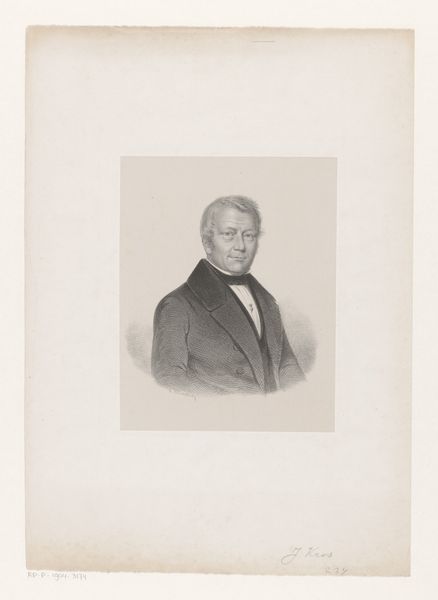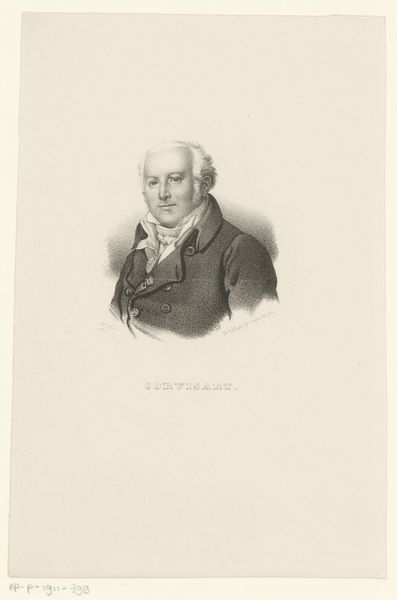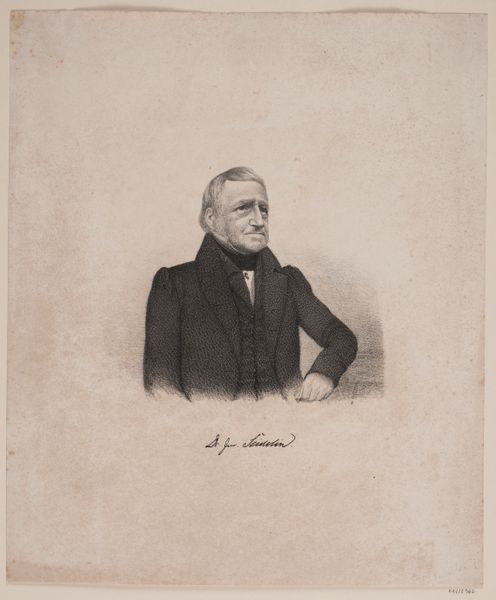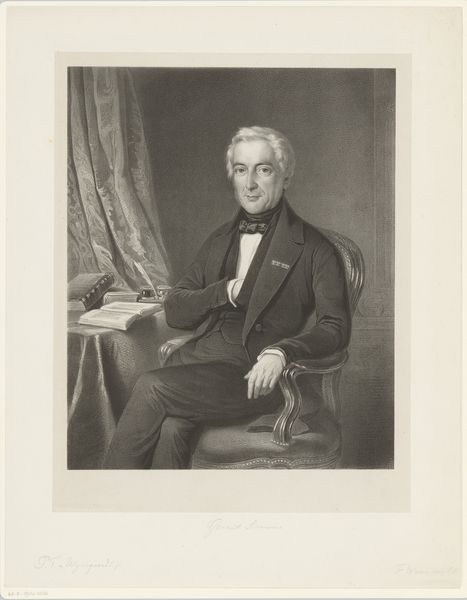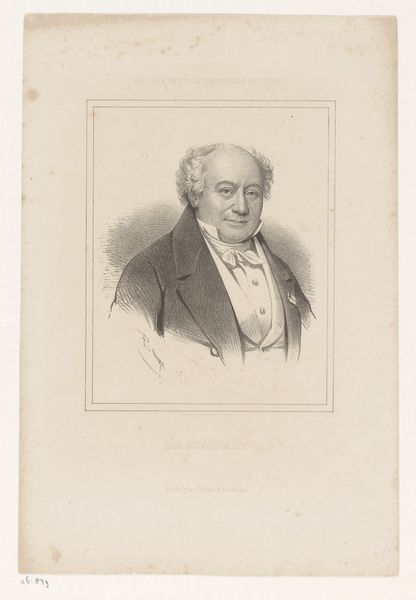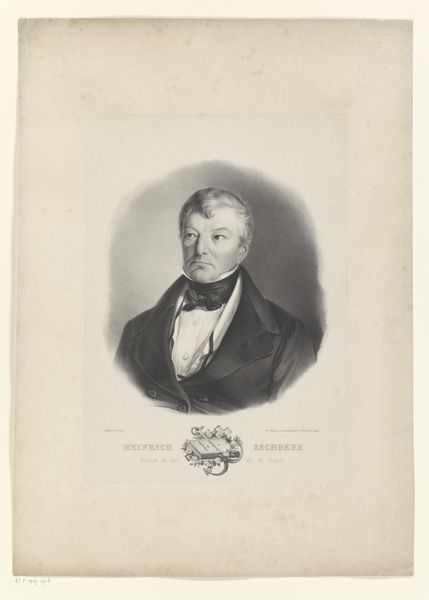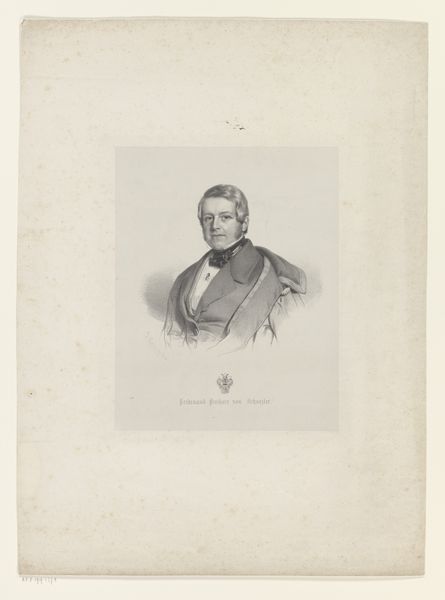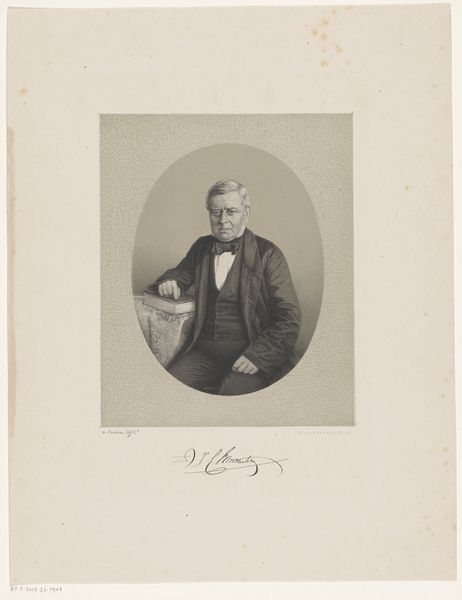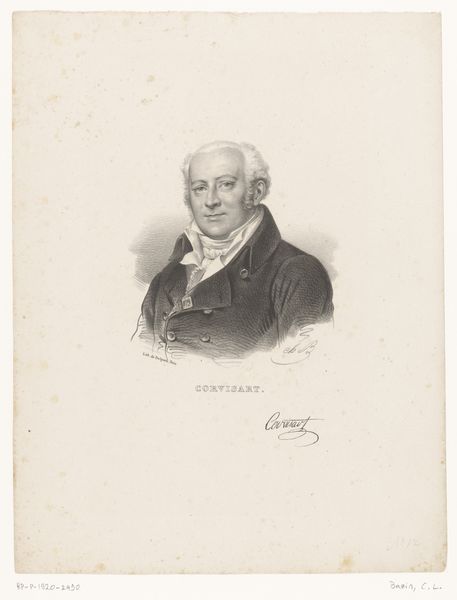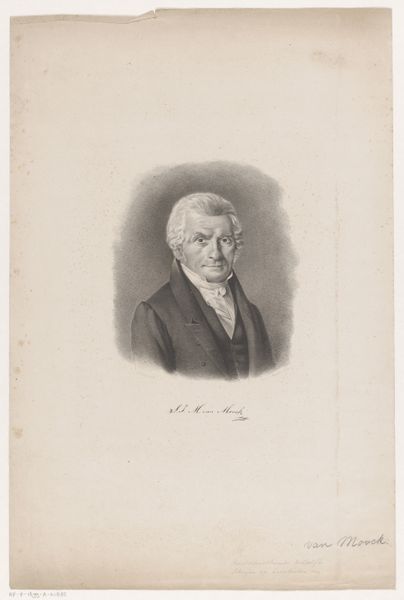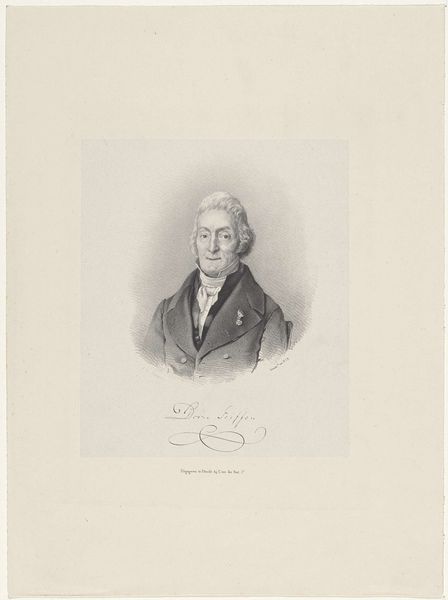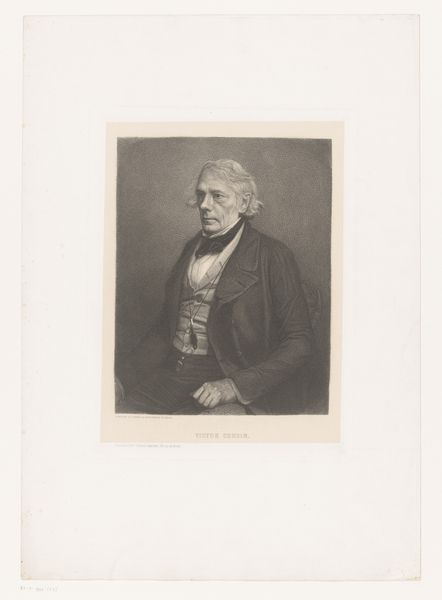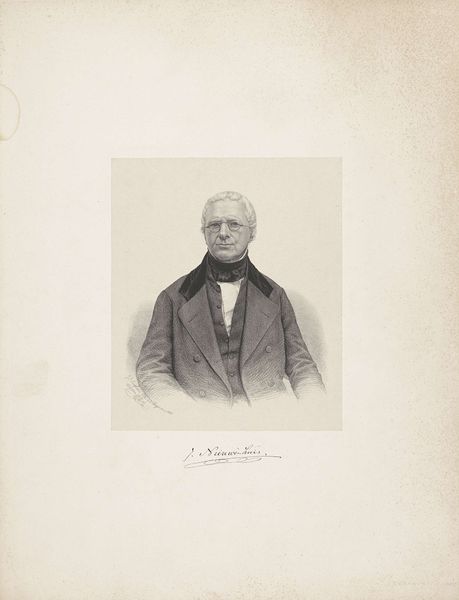
print, etching, engraving
#
portrait
# print
#
etching
#
history-painting
#
academic-art
#
engraving
#
realism
Dimensions: 245 mm (height) x 198 mm (width) (plademaal)
Editor: Here we have "J. Collin," an engraving by Erling Eckersberg, dating back to 1844. It’s interesting to see the textures created by the etching and engraving; the lines define the form so precisely. How does the choice of printmaking influence your understanding of this portrait? Curator: The medium is key. Engravings like this one were often used for mass reproduction, making Collin’s image accessible to a wider audience beyond the elite. Consider the labour involved: meticulously carving lines into a metal plate, then repeatedly printing. This is not simply about capturing likeness but about disseminating information and, potentially, constructing a specific public image. Who was J. Collin, and what role did this portrait play in shaping his legacy or advancing a particular agenda? Editor: So, the print serves almost as a form of early media, shaping public perception through its accessibility? Curator: Precisely. Think about the economic implications. Was this commissioned? Who controlled the means of production – the artist, the publisher, Collin himself? And what was the intended audience? These prints often served social functions, solidifying status and communicating power. Editor: It really makes you consider who had access to art and information during this time period. It's far more than just a simple portrait. Curator: Exactly! Examining the materials and methods allows us to unpack the social and economic systems at play in 1844. The very act of creating and distributing this image tells a story about power, access, and representation. Editor: This material perspective definitely enriches my view of the portrait's relevance! Curator: Indeed. Considering the materiality helps us to understand the layers of meaning embedded within the artwork.
Comments
No comments
Be the first to comment and join the conversation on the ultimate creative platform.
